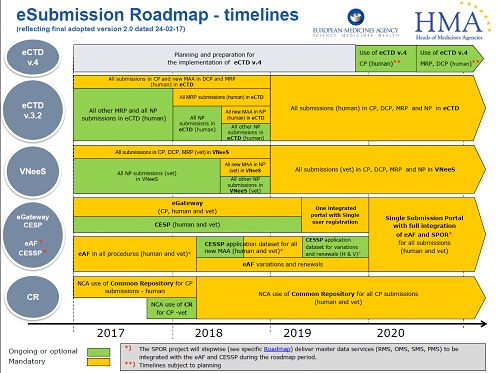Back to Basics – Mutual recognition procedure (MRP)
With our new logo and new website we expect some new visitors, so, we are continuing our back to basics post for those who may be new to Regulatory Affairs. (If you need help with the jargon visit our A-Z Glossary of Regulatory abbreviations).
MRP
When an Applicant has a single marketing authorisation (MA) in one Member State and wishes to market the same medicinal product in other Member States in EU/EEA, a Mutual Recognition Procedure (MRP) can be used.
The Competent Authority where you hold the single MA acts as the Reference Member State (RMS) and the new Member States you chose are referred to as Concerned Member States (CMSs).
The RMS prepares the Assessment Report on the medicinal product and runs the procedure. The CMSs will raise questions during the procedure.
However, before you submit your MRP application, there are a number of things to consider;
- You must ensure that the current dossier complies with the current legislation and EU guidelines. If your current dossier is not in line with the current legislation and EU guidelines it must be updated by variation prior to submitting the MRP application.
- There must be no ongoing variations.
- You must agree an appropriate time slot and request an updated Assessment Report (AR) from the RMS prior to submitting the application.
- Each Member State will have a slightly different working procedure, but most require that discussions/requests start at least three months before your preferred starting time.
- The RMS must allocate procedure number (e.g. IE/H/123/001/MR).
- You must choose your CMSs carefully. Where applicable, review the approved legal supply status and local requirements (e.g. need for a local representative, local person for pharmacovigilance etc.) and reimbursement procedures etc. of each Member State.
If applicable compare the SmPCs of reference product across the interested territories, identify any differences paying particular attention to the indication(s) and posology.
The MRP follows by a 90-day period followed by a 30-day national phase.
To ensure that your MRP starts on time, it is advised to review the ‘additional data’ requirements of each Member State (e.g. do the cover letters, letter of authorisation need wet/original/notarised signatures etc?) and ensure the correct payment amount has been paid.
The CMSs can raise questions that relate to any aspect of the dossier from Module 1 to Module 5 such as issues with specifications, analytical validation, breakability data on scored tablets, process validation, biostudies including statistics applied to the studies, etc., all have to be addressed as “serious risk to public health”.
The CMSs are not allowed to ask for, and the Applicant is not allowed to supply, new data during an MRP.
Seven calendar days after close/end of procedure the Applicant should send high quality national translations of SmPC, PL and labelling and mock-ups to CMSs. It is critical that the translation service used is reliable and technically competent to translate medical text.
It is also important that the correct dialect or form of language is used. Due to this tight turnaround time, it is advised that discussions with your translator be performed in well in advance of the predicted Day 90.
The CMS should issue a marketing authorisation within 30 days after closure of the procedure, however in most cases depending on the Member State, this 30-day period is frequently missed.
Day Zero MRPs
A Zero Day MRP is an administrative RUP or MRP with a shortened timetable. A Day zero MRP is used in exceptional cases to mitigate shortages or issues with access to critical medicines in the new Member State.
In most cases the new CMS will not raise any quality or clinical question but will have specific criteria that need to be met prior to accepting a Day Zero MRP. The main prerequisite approval for a Day Zero MRP is that the medicinal product will be marketed in Member State as a result. Even though the procedure is administrative, the applicant should contact the RMS to agree on a submission date.
Countries like Iceland and Malta rely on such procedures due to the small size of the markets there.
Feel free to contact us here at ERA to assist you with all things regulatory in Ireland, UK and across the EU.
We take the pain out of regulatory so that you can take your medicine to the next level.
Written by
Fiona Downey








